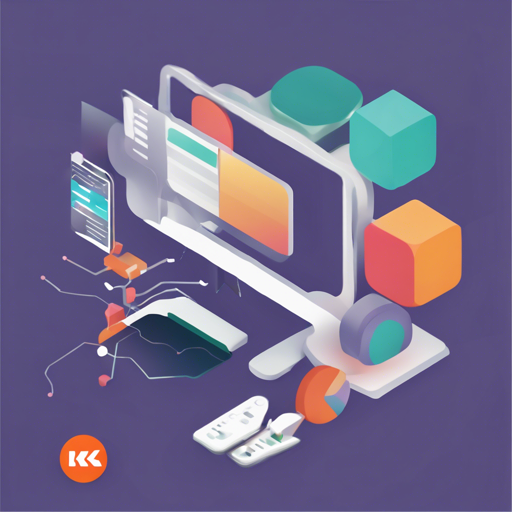Welcome to the world of three.js on the Kotlin JVM with three.kt! This library allows you to create stunning 3D graphics using Kotlin, similar to what you would do with Three.js in JavaScript. In this guide, we’ll take you through the fundamentals of setting up and using three.kt for your projects, along with troubleshooting tips to help you along the way.
Getting Started
Before diving in, ensure you have Kotlin and the necessary dependencies set up in your project. You can get started by adding the following dependency from Maven Central:
repositories {
mavenCentral()
}
dependencies {
def version = ...
implementation "info.laht.threekt:core:$version"
}Basic Setup
Let’s create a simple 3D scene with a rotating box. Here’s a snippet showcasing the fundamental building blocks:
val window = kotlinWindow(antialias = 4).use {
val scene = Scene().apply {
setBackground(Color.aliceblue)
val camera = PerspectiveCamera(75, window.aspect, 0.1, 1000).apply {
position.z = 5f
}
val renderer = GLRenderer(window.size)
val box = Mesh(BoxGeometry(1f), MeshBasicMaterial().apply {
color.set(0x00ff00)
})
scene.add(box)
val clock = Clock()
val controls = OrbitControls(camera, window)
window.animate {
val dt = clock.getDelta()
box.rotation.x += 1f * dt
box.rotation.y += 1f * dt
renderer.render(scene, camera)
}
}
}Understanding the Code
To better grasp the code, think of building a 3D model like assembling a puzzle. Each component plays a vital role in forming the complete picture.
- Window: This acts as your canvas upon which the 3D scene is painted.
- Scene: Imagine this as a stage where all your 3D objects like actors will reside.
- Camera: Similar to your perspective as a viewer, determining what the scene looks like.
- Renderer: This is like the lighting and visual effects team, bringing life and color to your stage.
- Mesh: Represents the actual object (like our rotating green box) that blends with your scene.
Java Example
For Java developers, the setup looks similar. Here’s how you might structure your scene in Java:
public class JavaExample {
public static void main(String[] args) {
try (Window window = new Window()) {
Scene scene = new Scene();
PerspectiveCamera camera = new PerspectiveCamera();
camera.getPosition().z = 5;
GLRenderer renderer = new GLRenderer(window.getSize());
BoxBufferGeometry boxBufferGeometry = new BoxBufferGeometry();
MeshPhongMaterial boxMaterial = new MeshPhongMaterial();
boxMaterial.getColor().set(Color.getRoyalblue());
Mesh box = new Mesh(boxBufferGeometry, boxMaterial);
scene.add(box);
MeshBasicMaterial wireframeMaterial = new MeshBasicMaterial();
wireframeMaterial.getColor().set(0x000000);
wireframeMaterial.setWireframe(true);
Mesh wireframe = new Mesh(box.getGeometry().clone(), wireframeMaterial);
scene.add(wireframe);
AmbientLight light = new AmbientLight();
scene.add(light);
OrbitControls orbitControls = new OrbitControls(camera, window);
window.animate(() -> {
renderer.render(scene, camera);
});
}
}
}Screenshots
Here are some captivating visual results you can achieve using three.kt:
Troubleshooting
If you encounter any issues during installation or while running your project, here are some troubleshooting ideas:
- Ensure your Kotlin version is compatible with the three.kt library.
- Check your project’s dependency configuration for any typos or errors.
- Make sure all required assets (like textures) are properly loaded and accessible.
- Review the API documentation as updates can lead to changes in functionality.
- Visit our community for additional support.
For more insights, updates, or to collaborate on AI development projects, stay connected with fxis.ai.
At fxis.ai, we believe that such advancements are crucial for the future of AI, as they enable more comprehensive and effective solutions. Our team is continually exploring new methodologies to push the envelope in artificial intelligence, ensuring that our clients benefit from the latest technological innovations.

